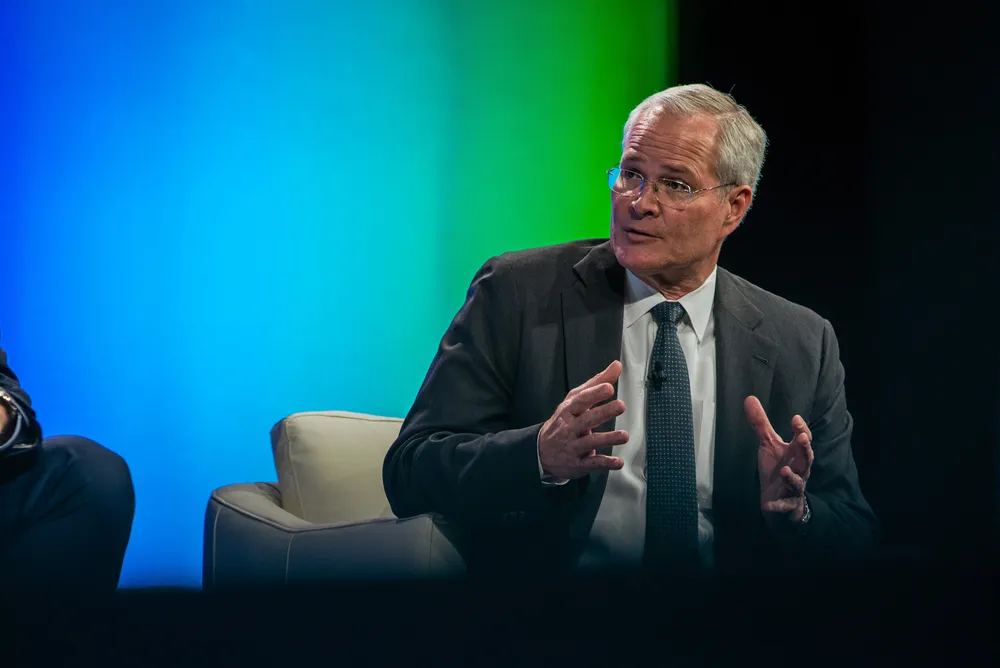ExxonMobil floats 'massive' carbon storage hub proposal for US Gulf
US supermajor's plan calls for direct policy action from the federal government to enable carbon capture and storage projects

US supermajor's plan calls for direct policy action from the federal government to enable carbon capture and storage projects
